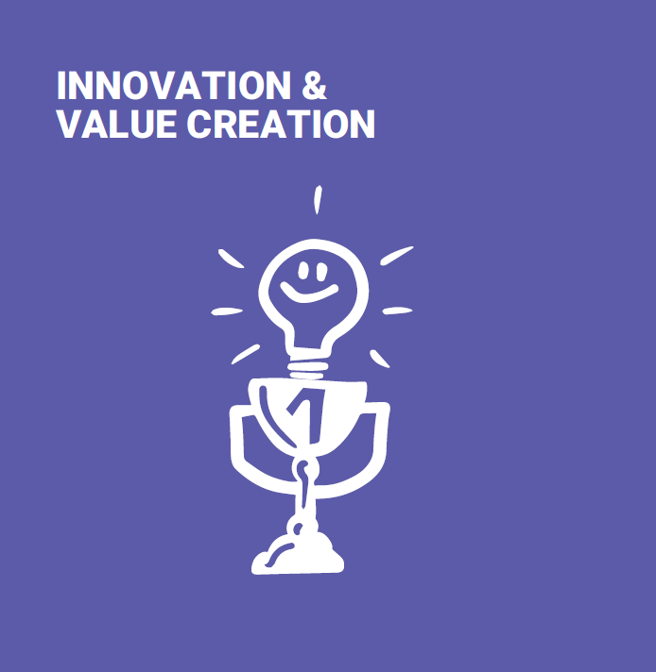
An organization's ability to innovate and create value is inseparable from its overall purpose. Ideally, they should include all their stakeholders in the equation, taking into account the impact of their activities on their environment (ecosystem). Nor should we overlook the spiritual dimension of the value chain: as a manifestation of our creativity, innovation can indeed be considered one of the noblest of human functions.